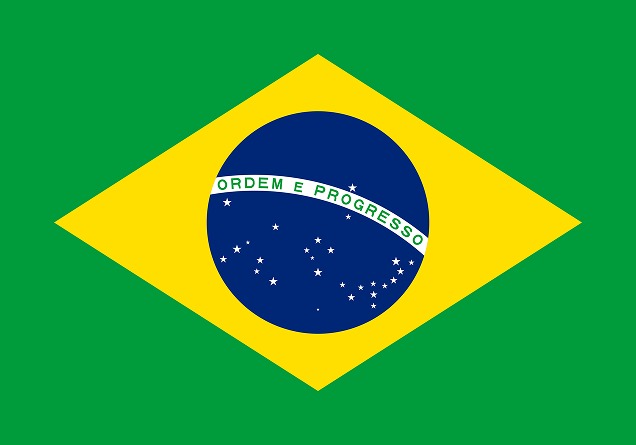We can't find the internet
Attempting to reconnect
Something went wrong!
Hang in there while we get back on track
Tourism

One of the ways to sustainably develop the Amazon and boost the local economy is through tourism. For this reason, Imazon studies key solutions to attract tourists to the region through initiatives that respect nature and strengthen traditional peoples and communities. These solutions are presented both in scientific publications covering the entire Amazon or Amazonian subregions, such as “Northern Pará: Current Situation and Prospects for Sustainable Development,” and in studies that specifically detail a territory’s tourism potential, such as in the management plans of conservation units.
In the Management Plan for the Faro State Forest, for example, Imazon lists opportunities for the area to be developed through nature-based recreation, ecotourism, and sport fishing, the latter on the Nhamundá and Mapuera rivers. Meanwhile, in the Management Plan for the Jará Environmental Protection Area (APA), the institute shows how sustainable and community-based tourism, especially that focused on cultural, adventure, and event segments, can be important instruments for biodiversity conservation, people’s well-being, and local economic development.

Annually, Imazon is one of the institutional partners supporting the residents of APA Jará in the environmental activity of releasing turtle hatchlings, which has been attracting an increasing number of tourists to the conservation unit. In 2023, the event gathered around 700 people in the territory, located in the municipality of Juruti, in Western Pará.
Furthermore, studies carried out by the Amazônia 2030 project, of which Imazon is a member, have highlighted the Amazon’s potential for gastronomic tourism, such as “Soft Power, Gastronomy, and the Amazon“ and “Amazon: Territories of Food.” Both publications emphasize the possibilities of developing the region’s cuisine as an incentive for tourism and a strengthening of regional identity. This also has the potential to generate employment, as these businesses can be developed in both rural and urban areas, often with low-cost and relatively more accessible technologies for small and micro-entrepreneurs.
 PT
PT
 ES
ES
 EN
EN

